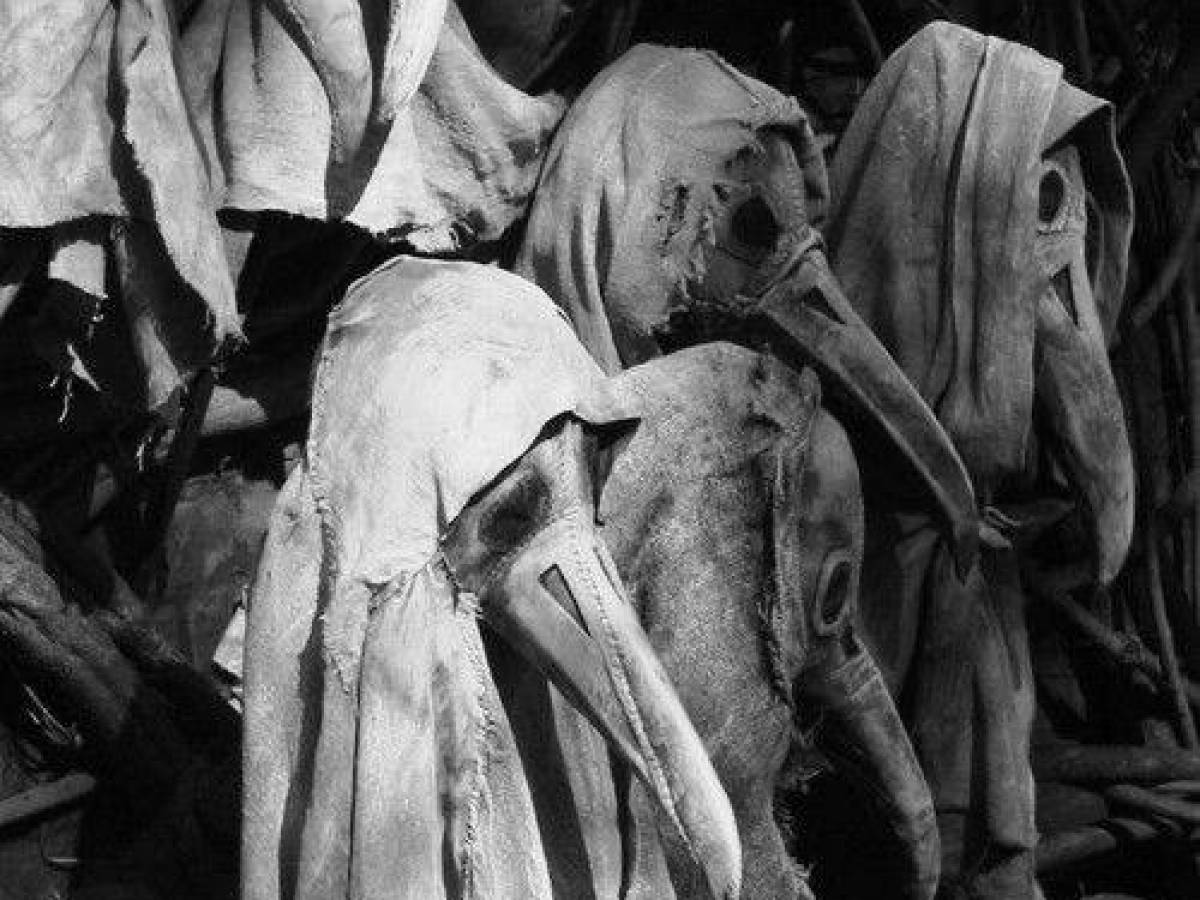
The devastating Black Death Plague occurred in the late 14th century, resulting in up to 200 million deaths in Africa and Eurasia, peaking in Western Europe in 1350. It was a truly terrifying event, killing thousands in its wake, as well as spreading quickly throughout Asia and into Europe. In this article, we’ll look at how this plague spread, what it was and how it affected individuals and communities.
The plague was brought to the Old World by an epidemic in Asia, which had previously been linked to bubonic plague, another form of infectious disease. When the two diseases met, they quickly caused devastation, particularly in China. By the time the plague reached the New World, it was already in its advanced stages. In fact, the first outbreaks of the plague were not visible in the Americas until the 14th century, although they did occur in Central America.
Although the plague was not the first major epidemic to affect humans, the impact was tremendous because of the scale of the death it caused. While there were many other diseases affecting human populations at the time, none of them matched the sheer number of people killed by the Black Death, nor did they kill as many people as the disease did. This is the biggest single outbreak of this disease since the last Ice Age, which killed more than three quarters of the world’s population.
There were several factors that contributed to the success of the plague. The first was the weakened state of human health, after years of poor sanitation and lack of protection. The second was the relatively recent spread of the disease, as well as a number of different viruses that may have been implicated in spreading the disease during and after its outbreak.
In addition to all this, the plague had a host of other benefits for human and animal populations. One of the most obvious is that it increased the number of new hosts available to a particular type of bird, the Sarcoptes scabei sardonicus. As the bird became infected with the plague, the disease carried the Sarcoptes sardonicus to its next bird host, the Macaws. This meant a large number of new hosts that were open to the disease, meaning a large population increase in a short space of time.
There are a number of different theories about the role the plague played in the eventual spread of the plague to other parts of the world, but no matter what the answer is, the fact is that it was a massive loss. to the human populations that had developed before the disease arrived, as well as to the communities in which the plague had been isolated.

Although the plague was a real loss to humanity, it was not the only major disaster that occurred at this time. Some historians point to the collapse of China as one of the biggest factors behind the collapse of the Western Roman Empire. During the period immediately following the Black Death, the economy of China was severely damaged and this, along with the rise of the Mongol Khanate, was a major contributing factor.
The final impact of the plague on society was the weakening of the political and social structures that had been established in various communities, with the collapse of many towns and communities. Many people lost their land, were displaced or killed and their belongings destroyed. Many of the largest cities were destroyed, as well as large areas of the Silk Road that connected different areas of the country.
For many years after the plague, there was a period of fear that led to a very dark period in the history of the new world. The worst part of this period was the death and destruction that were experienced during the Dark Ages, which was the period in Europe after the plague was over. The population of the new world was devastated in the same way, meaning that the majority of its original inhabitants died out. Many of these immigrants went to places such as Africa and the Middle East.
Today, many diseases and outbreaks of diseases are dealt with by the medical community, but the Black Death Plague was a different story. Although the disease was eliminated, the problem was so severe that it never completely disappeared. Despite the efforts to get rid of the disease, the plague still exists to this day.
It is believed that the plague will return at some stage, as people are living in a largely undeveloped and unprotected environment. This means that we are faced with a serious problem of a resurgence of the plague in the future. To stop the resurgence, we need to improve our current methods of disease control and the infrastructure necessary to keep disease at bay.